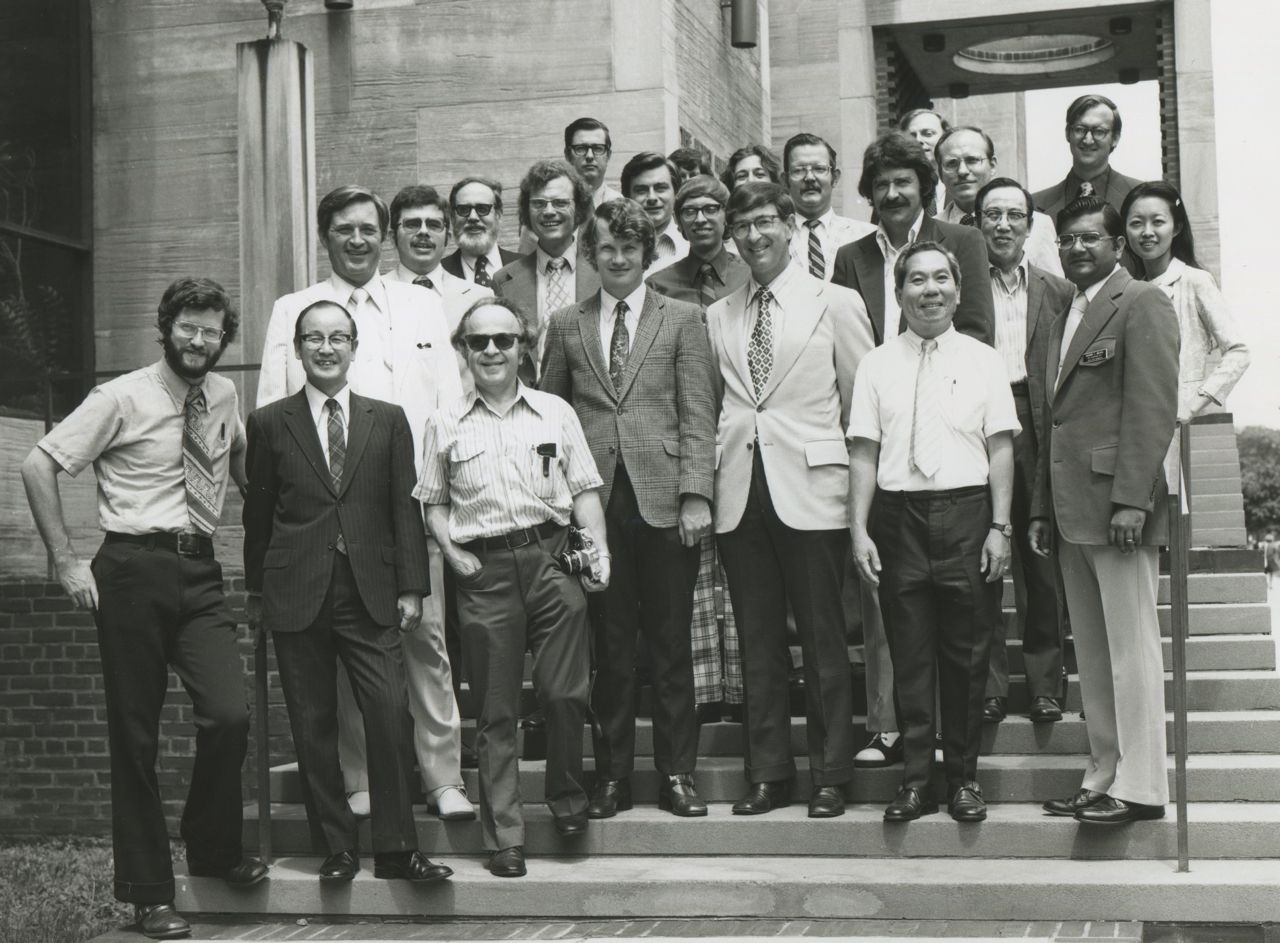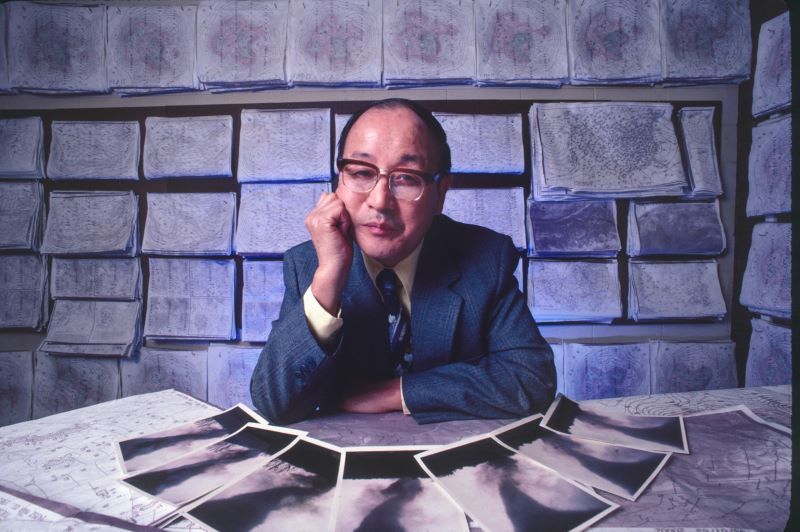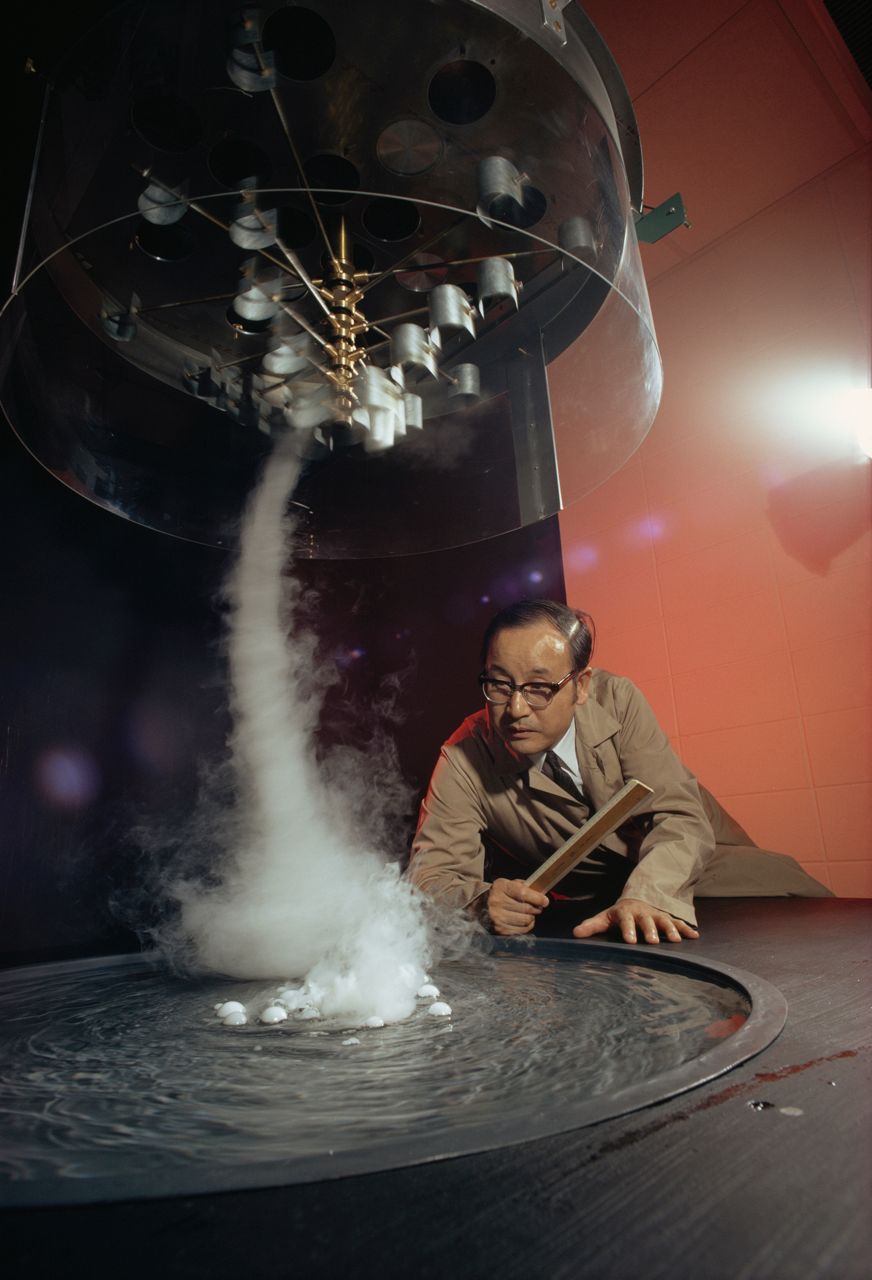Last Chance to Catch NYC's Holiday Notalgia Train
We met the voices of the NYC subway on our nostalgia ride this weekend!


Premiering on Tuesday, May 19, on PBS is a new American Experience documentary titled Mr. Tornado about the life of Tetsuya Theodore Fujita, the namesake of the Fujita scale of tornado damage intensity. Fujita, a Japanese-American scientist, devoted much of his life to meteorology, unlocking mysteries of severe and catastrophic storms. You may know of his name through the Fujita scale, a measure of tornado severity, named for him. Fujita’s work intersects with New York City in the case of the 1975 Eastern Airlines plane crash, the deadliest single plane crash in U.S. history when it happened. Untapped New York has been offered an exclusive advance clip of the documentary to share with our readers.
“His unique, forensic analysis of the aftermath left by destructive forces, borne out of the ashes of the world’s first atomic bombs, enabled him to map science onto a phenomenon thought to be unknowable, forever changing our understanding of tornadoes,” American Experience wrote in its press release.
In his twenties, Fujita studied the aftermath of the bombings of Hiroshima and Nagasaki, studying burn marks and finding the height of detonation. Using a technique called photogrammetry, the process of making measurements from images, Fujita, now studying in the United States, presented findings of the anatomy of a tornado that struck Fargo, North Dakota, as well as explaining the development of rotating supercells. Fujita would later collect thousands of aerial photographs of tornadoes which he used to develop his namesake Fujita scale, in addition to building a tornado machine.

TORNADO 3: Group picture at the University of Chicago, Conference of Super Tornado Outbreak, July 10, 1974. Credit: Gregory S. Forbes
In 1974, the United States faced a tornado outbreak, killing over 300 and injuring nearly 5,500 people. Fujita used this outbreak as an opportunity to expand his research, so he conducted over 10,000 miles of aerial surveys, measuring 148 tornadoes on the F-scale. Yet, Fujita would face yet another weather-related anomaly in New York’s JFK Airport.
“There’s a scene in the film about the deadly June 24, 1975 Eastern Airlines crash at JFK,” Mary Lugo of CaraMar Publicity told us. “Fujita was called in to investigate and he eventually determined that the cause of the crash was a phenomenon called a microburst that caused the plane to plummet. As a result of his work, the FAA uses instrumentation to detect them and pilots are trained to recognize them and what do to about them.”

TORNADO 2: Fujita had a unique vision for using any and all available technology to gather detailed data. He continually sought out new techniques and tools beginning with his attempts to measure wind from the roof of his home as young boy, to creating maps to track localized weather movements, to utilizing satellite mapping and Doppler radar to capture images of microbursts. Credit: Courtesy of © Roger Tully
Eastern Airlines Flight 66 killed 113 people at JFK Airport in 1975, and many believed that the pilot was at fault because other planes landed safely just a few minutes before. Using his observations at Nagasaki nearly three decade earlier, Fujita found that these microbursts, extremely violent downbursts of air that often come out of thunderclouds, led to the plane crash, his findings improving microburst detection and airline policies.

TORNADO 1: Tetsuya Fujita studies a tornado formation in his lab at the University of Chicago. Fujita developed the Fujita scale, a schematic for measuring the intensity of tornadoes. Credit: Courtesy of Anthony Boccaccio/NG Image Collection
Featured in the documentary Mr. Tornado are scientists like Roger Wakimoto, who studied under Dr. Fujita and specializes in severe convective storms; Robert F. Abbey, Jr., first as Director of Meteorology research for the Nuclear Regulatory Commission; Nancy Mathis, author of Storm Warning: The Story of a Killer Tornado; Gregory S. Forbes,The Weather Channel’s severe weather expert; and Mark Levine, author of F5: Devastation, Survival.
With two of the busiest airports in the country, New York City became a much safer place to travel to because of Fujita, whose work on microbursts revolutionized how airlines operate. His namesake scale, which goes from F0 to F6, has helped the U.S. estimate damage to vegetation and human-build structures, and today the U.S. uses the Enhanced Fujita Scale to better align wind speeds with associated storm damage.
“His tremendous discovery of the microburst continues to contribute to the safety of all who fly, and his courage in illuminating and bravely approaching what was once deemed “unknowable” continues to inspire the meteorological and scientific community,” the press release said.
Next, check out The “Heartbreak Hotel,” the Abandoned Ramada Plaza at JFK Airport.
Subscribe to our newsletter